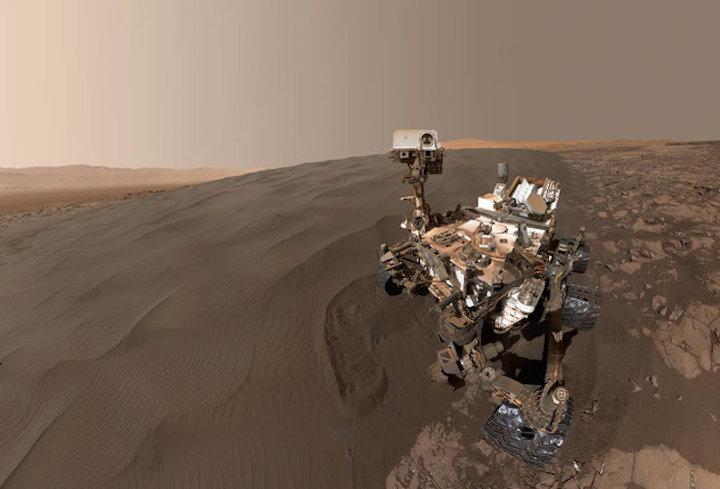NASA’s Curiosity rover has a drill that is essential for collecting samples from within Martian bedrock for chemical analysis. But it’s been broken since last December, throwing a wrench into plans to conduct a detailed examination of organic material on the Red Planet.
After 10 months of doing no drilling on Mars, NASA cautiously did a test run with the Curiosity rover’s drill last week, using a new technique. There is hope that the function will be restored, though the space agency warned in a statement that the delay in drilling rocks will persist for at least a few more months as the technique is refined.
The drill had ceased functioning properly just as the Curiosity team was preparing to examine organics on Mars. Organic molecules, in some cases, are indications of life. Curiosity is designed to look for habitable environments, while the successor rover Mars 2020, which is set to launch in three years, will cache samples with evidence of past life.
Learning more about Martian organics will give scientists a better indication of how habitable the planet was in the ancient past, particularly when water flowed on the Martian surface.
The rover’s arm used stabilizers (two contact posts) that were placed on the target rock before the drill bit was extended to make contact with the rock. But a mechanical problem deep in the drill prevented the stabilizers form being reliably deployed late last year. Curiosity has continued observations with other instruments in the meantime, as managers worked on fixing the drill.


